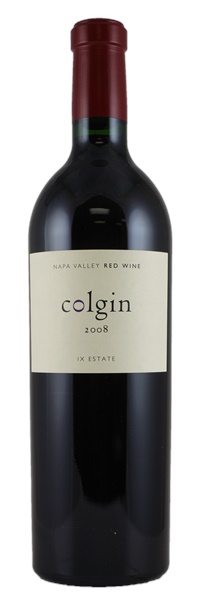Estimate

...reveals notes of espresso roast, blueberries, black currants and lead pencil shavings. The wine reveals superb concentration and richness as well as a structured mouthfeel. It begs for 4-5 years of cellaring...
...Broad and rich but also magically airy in the mouth, with compelling perfume to the dark fruit and mineral flavors. A very dark, deep, young wine with terrific finishing grip...
Firm, dense and earthy, with a chewy edge to the gamy tobacco leaf, dried currant, roasted herb and forest floor notes. Full-bodied and notably tannic, yet altogether very complex, stylish and muscular.